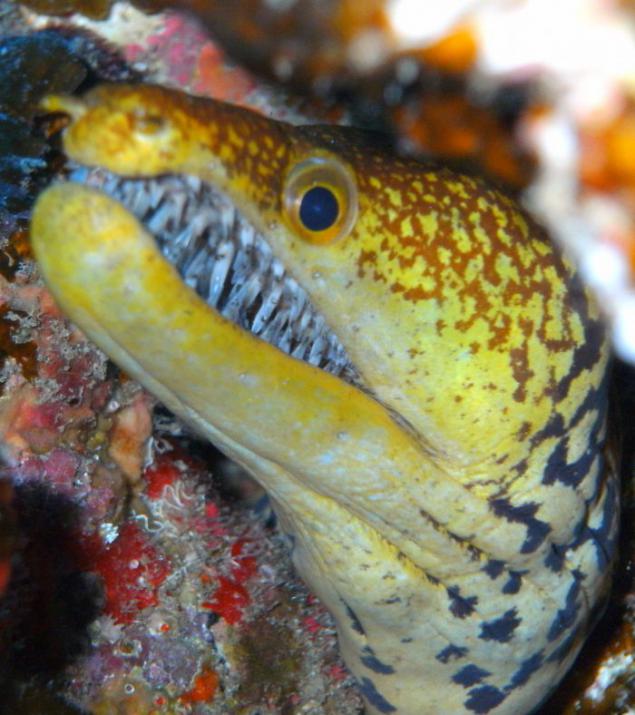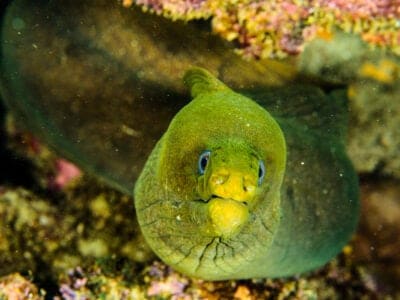

The water buffalo is a large mammal that is native to Asia. Some wasps can be beneficial to humans as they help to control pest populations. They are found all over the world and vary greatly in size and appearance. There are over 100,000 different species of wasp. They are of the pig family and known for being very aggressive. It is easily recognizable by its tusks and wart-like growths on its face. The warthog is a large mammal that is found in Africa. It has a wingspan of up to 3.5 m and can weigh up to 11 kg. The wandering albatross is the largest member of the albatross family. It is easily recognizable by its long tusks and thick blubber. Walrus is a large marine mammal that is found in the Arctic. It is a popular game fish and is known for its large eyes. This fish is a freshwater fish that is found in North America. They are found in Australia, New Guinea, and Indonesia. There are around 30 different species of wallaby. The wallaby is a small to medium-sized marsupial. It is native to Southeast Asia but can now be found in many parts of the world. This fish is able to walk on land thanks to its fins. It is a fast swimmer and can reach speeds of up to 60 miles per hour. Garrett sees hundreds of those small lionfish when he dives Florida reefs, so he doubts whether eels, sharks or any other predators can eat enough lionfish to really make a difference.Ĭontact Waymer at 32 or Follow him on Twitter or type of fish can be found in the Atlantic and Pacific Oceans.

"The smaller fish, there's not a market for them, and they're still out there eating native fish," Garrett said. The group would pay commercial fishermen for lionfish, then supply the fish to local restaurants.īut the organization had to fold in January because of lack of donations or grants. In 2014, David Garrett, an Ormond Beach commercial fisherman, created a bounty system to help reduce the lionfish population, forming the nonprofit Lionfish Eliminators Organization Inc. It warrants more study," Muñoz said, adding that eels often elude fish sampling efforts. "We don't really have as good an understanding of how many eels are on reefs." "All I'm trying to say is we should potentially look into this in more detail. More research into moray eels and other potential lionfish predators might help better focus lionfish removal efforts, Muñoz said, and help to determine whether public money and effort might be better spent elsewhere. While biologists say removal efforts can make a difference at the local level, the larger lionfish invasion marches on undaunted. Commissioners also voted to exclude lionfish from the commercial and recreational bag limits.
Wolf eel dangerous license#
State wildlife officials decided to waive the recreational license requirement for divers harvesting lionfish using certain gear. In June 2013, Florida made it easier for divers to rid state waters of lionfish and kill as many lionfish as they can.
Wolf eel dangerous full#
And biologists often find hammerhead sharks with mouths full of stingray spines, highlighting that Florida's native predators are no slouches when it comes to eating venomous prey.įlorida aims to keep invasive lionfish in check Some fish may be acquiring a taste for lionfish. But biologists don't know to what degree those and other predators will hunt and eat lionfish on their own, or whether that can temper the fish's Florida invasion. "The eel is not the panacea here," Muñoz warned.Ĭountless YouTube videos show spear fishermen feeding their speared lionfish to somewhat-hesitant barracudas, sharks and eels. Their potentially large size and high density in certain parts of the Caribbean Sea and western Atlantic Ocean could make them worthy lionfish competitors, the NOAA researchers said.

While lionfish appear to be dominating many Florida reefs already, the moray eel is not about to give up its reign over the reefs without a fight. The Nova Southeastern study concluded that the west Florida shelf and nearshore waters of Texas, and Guyana, South America, should be a high-priority areas targeted for lionfish control. "In other words, it’s likely that they are negatively impacting populations of the fish we like to eat, and at an alarming rate," said Johnston, who recently published a study about the scope of the lionfish invasion in the journal Coral Reefs. They eat the same grouper and snapper we do.


 0 kommentar(er)
0 kommentar(er)
